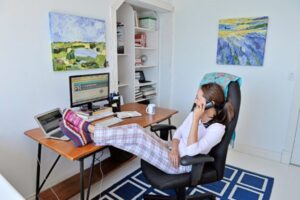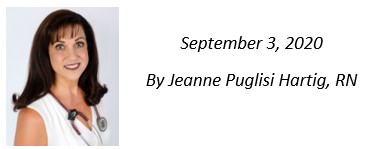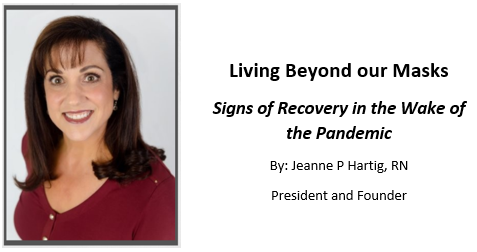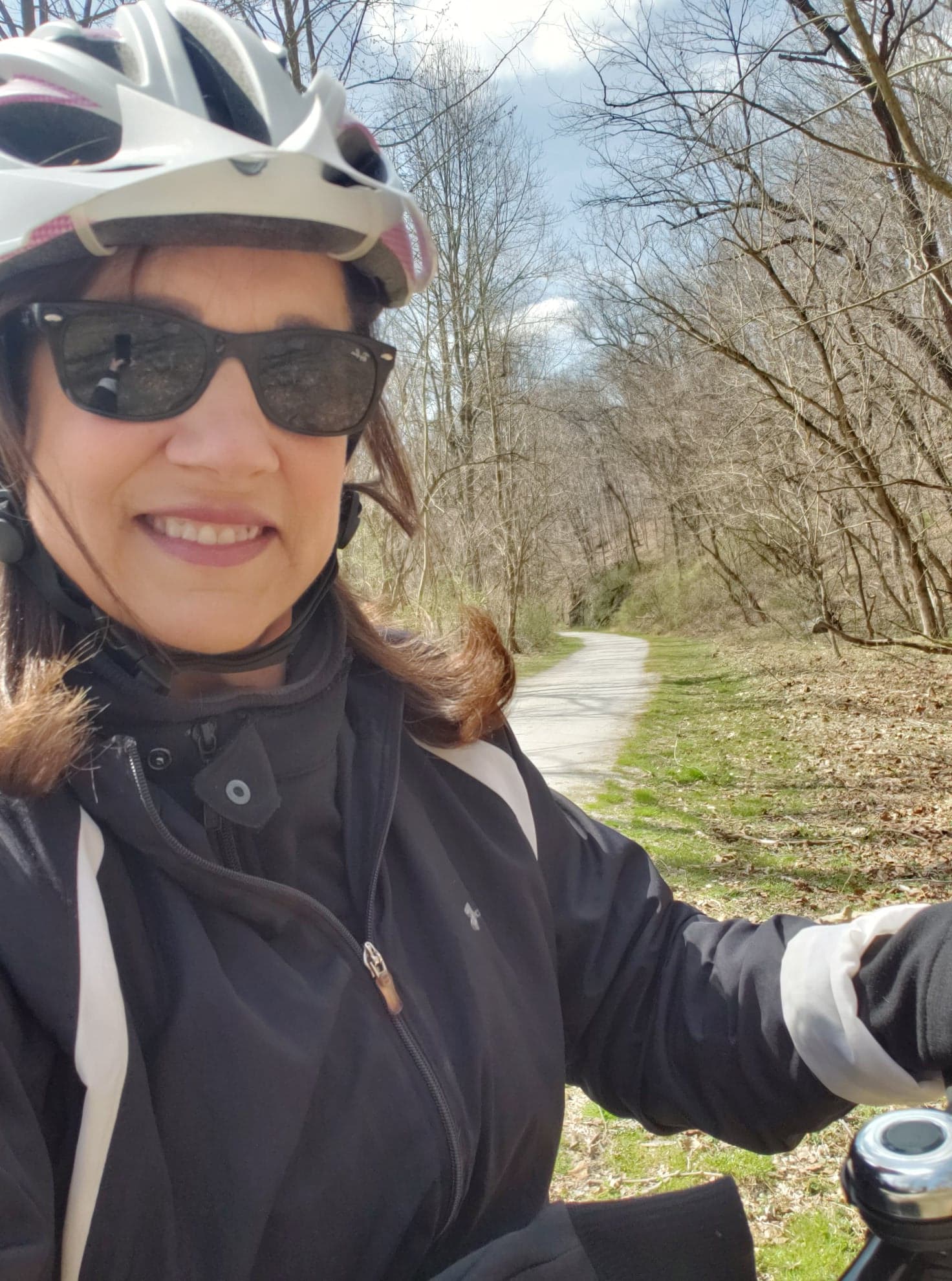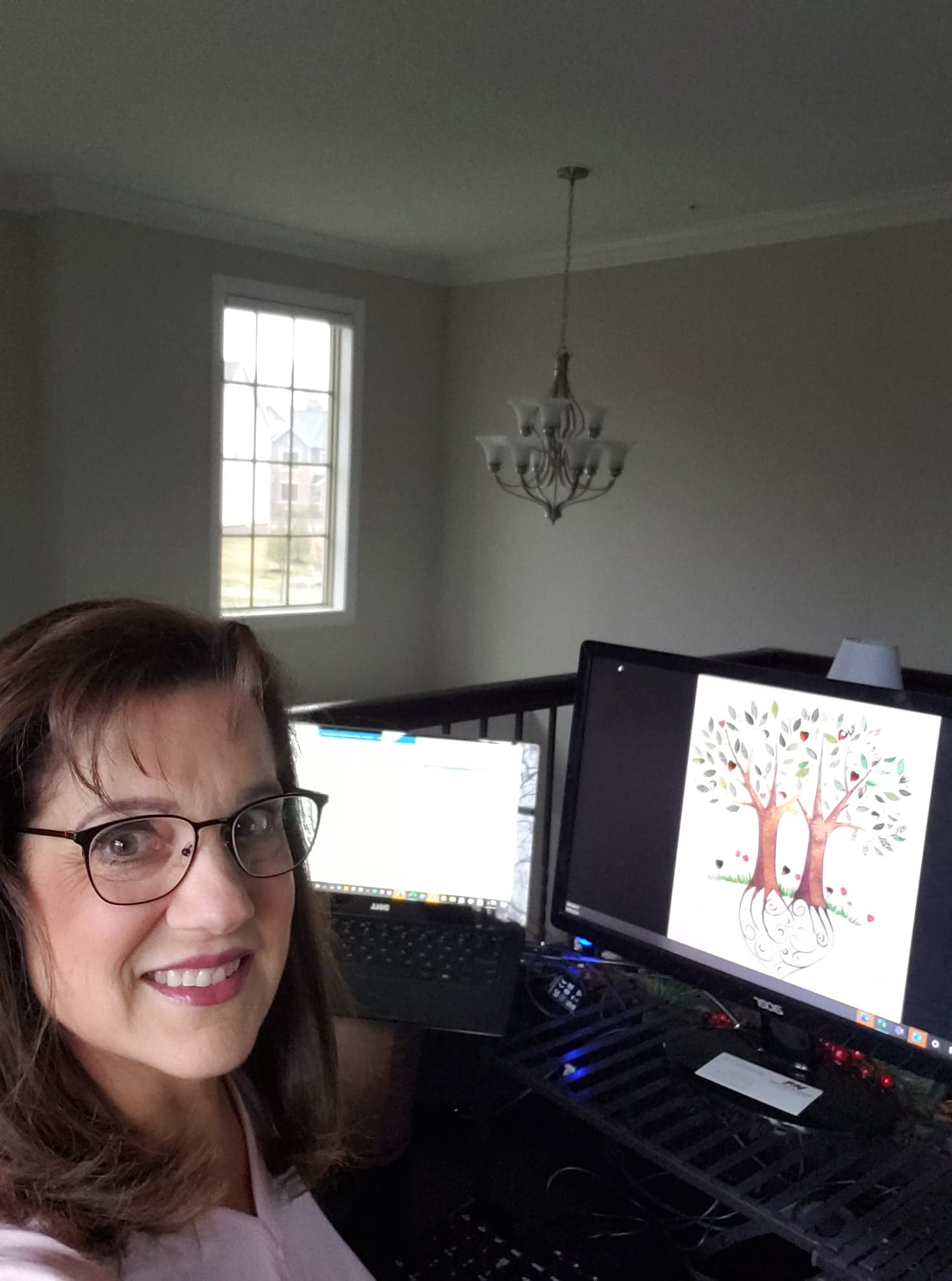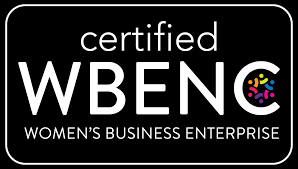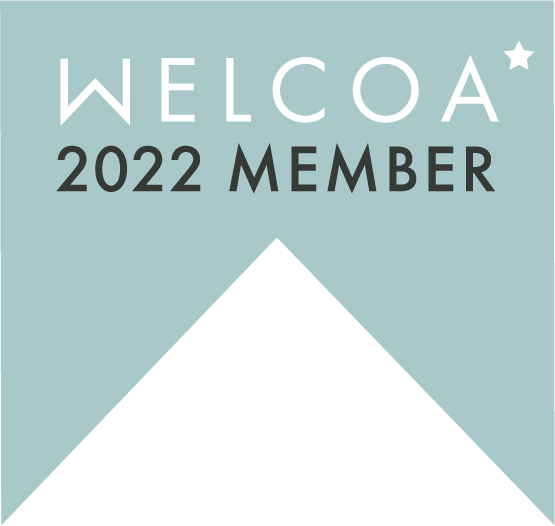Most people spend the majority of their time in the workplace. For this reason, the workplace is a great opportunity to promote heart health awareness. Training staff to look for symptoms of a heart attack could potentially save an employee’s life. And since co-workers are able to see deteriorations in a person’s health each day, they can be a valuable source for spotting changes in behavior and disposition.
The first obvious thing to be on the lookout for is any unusual pain. Heart attack pain is often described by patients as “tightness in the chest,” so if an employee ever uses this phrase, it’s a good idea to make sure that co-workers know that there may be a heart emergency in progress. Changes in energy can also be spotted in the workplace. If someone is generally very active and alert, but suddenly seems sluggish or lethargic, employees should be aware of potential health emergencies and engage with the staff member to find out if they are okay.
Employees that are short of breath are another major warning sign that can be spotted by co-workers. For office work that is generally sedentary, finding an employee suddenly out of breath and/or sweating should ring some warning bells, especially if this employee generally doesn’t exhibit symptoms like this.
In short, there are several ways that employees can spot the changing health circumstances in their colleagues. It doesn’t always take a doctor to recognize the signs and symptoms of heart failure, so a bit of training can go a long way for employees.
There are many steps to understanding and preventing heart attacks; here is a guide to identifying some of the warning signs, as well as a few tips for prevention.
General Warning Signs of Heart Attacks
There are many symptoms that can indicate a heart attack is about to happen. Here are a few of the warning signs:
Pain:
Pain or discomfort in the chest. This can come as a stabbing pain that goes away and then returns, or in some cases, it may be constant. Pain or discomfort in the chest can radiate out to other body parts as the pressure builds up around the heart and may actually present as back pain or upper gastric pain. If the pain or discomfort begins to radiate out to affect shoulders or lower back, this is another warning sign before a heart attack.
Shortness of Breath:
Shortness of breath can be another indicator of a heart attack. In this case, the organs are working to provide oxygen and nutrients to the whole body despite an irregularity with the heart.
Sweating, Nausea, Lightheadedness:
Sweating, nausea, and lightheadedness can also be physical manifestations of the internal struggle before a heart attack.
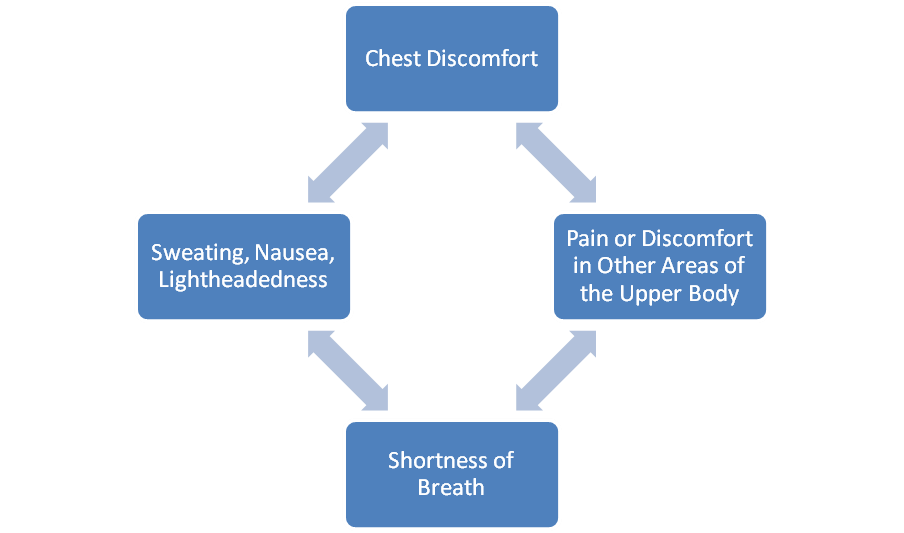
General Warning Signs of Heart Attacks
These signs can come on very suddenly, and they may coincide with the symptoms of other illnesses. This is why it’s important to educate people about the symptoms of heart disease so that they can be on the alert for any of these issues. If several of these symptoms occur at one time, it can be considered an emergency and an ambulance should be called right away—it’s better to be safe than sorry.
How the Signs Can Differ in Women
Many people aren’t aware that the classic heart disease symptoms can present differently in women; (women’s heart attack symptoms). As with men, women’s most common heart attack symptom is chest pain or discomfort. But women are somewhat more likely than men to experience some of the other common symptoms, particularly shortness of breath, nausea/vomiting and back or jaw pain. Sweating, fatigue, and nausea are also common symptoms.
Workplace Wellness Programs
One of the best ways to educate employees about heart health is to set up a workplace wellness program that includes some education about heart health. Training programs can teach employees what to look for in themselves and co-workers in the case of a heart emergency, as well as understanding health risk factors. These training sessions should stress the importance of action, even if there is uncertainty about the precise health problem or the presence of a heart failure.
Workplace wellness programs can also incorporate educational sessions to teach employees what steps to take if a fellow colleague presents the signs of a heart attack. It’s important for businesses to have an emergency protocol in place for this type of emergency. For instance, who should employees call to alert when there is a medical emergency? Do they contact bosses, families, and/or paramedics and in what order? What kind of support are employees allowed to provide if they see another co-worker in need of medical attention? Is there anything they can do to make the environment safer for a colleague that’s suffering a heart attack?
The best course of action is to call 911 first. After 911 is called and the victim is being cared for, a co-worker should contact Human Resources in order for them to contact any family members. However, each company should establish its own protocols as it relates to an incident of this nature. The most important factor here is educating each other on the signs so that someone can tune into a possible life and death situation by knowing the signs of a heart attack.
Great training programs can answer employees’ questions and provide a variety of ways for workers to learn, including video and audio presentations, conversations, and even real-world scenario simulations. But another positive benefit of these programs is to get employees thinking about reducing health risk factors in the office. Something as simple as a stretch break during long meetings, or taking 10 minutes out of a lunch break to start a new walking and exercise routine, can create a lot of positive effects and cumulative benefits for both employees and employers alike.
Real-World Results
There have been a number of studies done on the effects of adult education programs for heart health. For instance, researchers tested the effects of an hour-long education program on heart health. The program taught participants about heart health care and heart attack warning signs. After the hour-long program, participants took a test to see how much they learned, and the results were a significant amount of new, practical knowledge.
If it’s possible to have these positive results with just an hour-long program, you can imagine the benefits of a longer and more comprehensive training program. And it’s certainly worth a company’s time to train staff on crucial health issues, both to protect the company and to improve the health and wellbeing of its employees.
To speak with someone about implementing a workplace wellness program at your company, please call us at (410) 795-7579.
About the Author
Jeanne Puglisi Sherwood, RN is the President and Founder of WellAdvantage. As an intensive Care Nurse, Jeanne saw that many of the patients she worked with had illnesses directly related to unhealthy lifestyles, especially poor nutrition, inactivity, obesity and smoking, preventing the body from handling any new crisis. Jeanne knew that education and preventive measures were key to keeping many of her patients out of the hospital.


